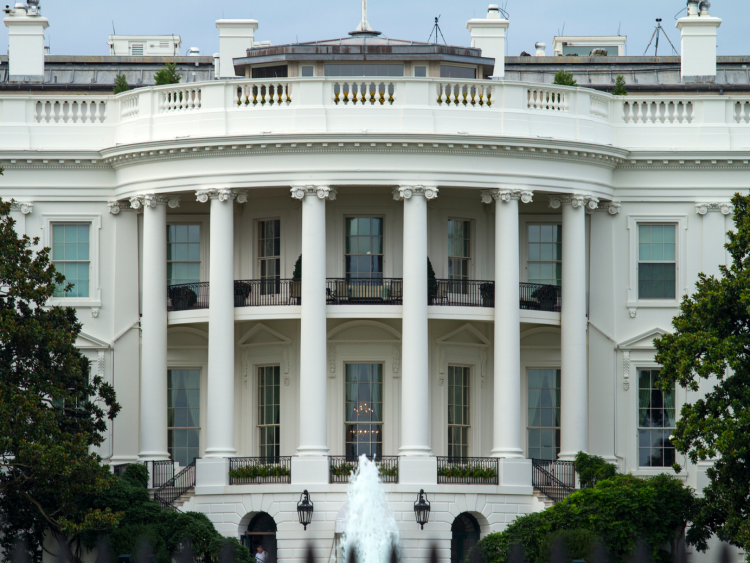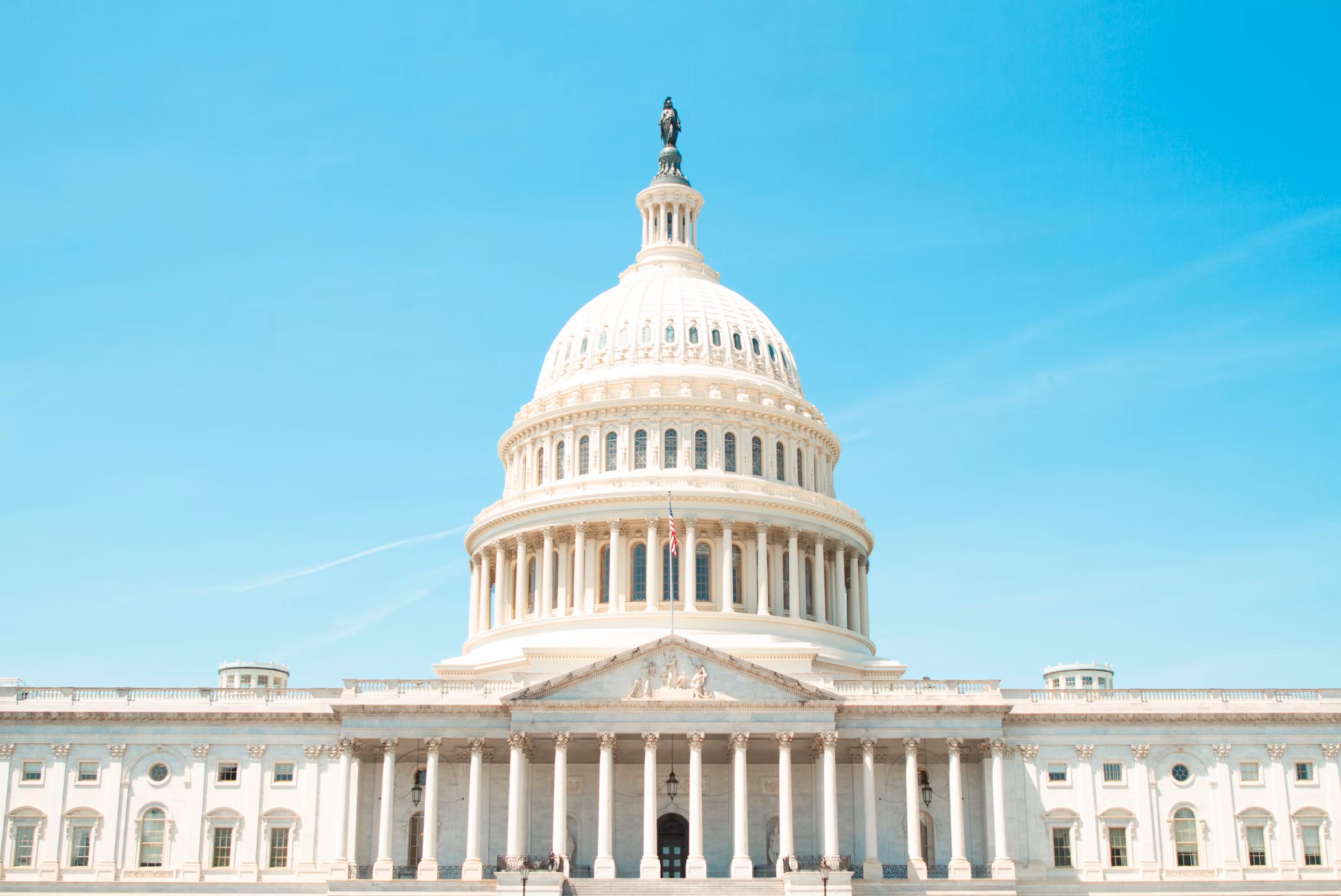Economy

SMA sends pro-steel policy plan to Trump administration
Written by Stephanie Ritenbaugh
December 2, 2024
The Steel Manufacturers Association (SMA) is urging President-elect Donald J. Trump to strengthen tariffs, revamp industry regulations, and take other measures it says will bolster the US steel industry.
In a five-point plan sent to Trump’s transition team, the Washington, D.C.-based trade organization outlined executive and legislative actions for the incoming administration.
“We are under constant threat from nonmarket economies who evade our trade laws to dump cheap, heavily subsidized, high-emissions steel and other products into the American market, making it hard for domestic manufacturers to compete,” SMA President Philp K. Bell said in a statement. “Fortunately, President-elect Trump has vowed to use every tool he can to end unfair trade while stimulating growth in jobs and productivity.”
Tariffs
SMA praised the Section 232 and other tariffs imposed during the first Trump administration, some of which were revived during the Biden administration. However, SMA said more work is needed to combat subsidized imports from foreign countries. It recommends that the administration expand Section 232 by reinstating 25% tariffs on imports from Mexico and “closely monitor imports from Canada, reimposing tariffs if necessary.”
SMA also said the Biden administration’s alternative tariff rate quota arrangements with the European Union, the UK, and Japan should be terminated as they “have not served their purpose of facilitating further negotiations and have been less effective in supporting American steel producers,” the plan stated, adding that it should also renegotiate quota arrangements, especially with South Korea.
In addition, Section 301 tariffs on steel products should also increase to 60% on steel and steel-intensive downstream products.
“The administration should also apply Section 301 duties to Chinese products that are further processed or incorporated into downstream products in other countries, such as Vietnam and Thailand,” the plan stated. “The Chinese government’s subsidized production capacity outside China has created avenues for duty evasion, including evasion of Section 301 duties. Products that would be subject to the duties if exported directly from China should not avoid duty liability simply because they are shipped to the United States indirectly.”
Trump certainly hasn’t shied away from talking about tariffs. Most recently, he threatened on social media to impose tariffs of 25% on all US imports from Canada and Mexico, as well as an additional 10% tariff on imports from China. He noted that tariffs would come on top of existing trade measures.
Environment
To capitalize on the lower emissions from US steel production, SMA recommended a foreign pollution tariff on steel imports based on their embedded emissions levels.
“Given the border measures being adopted by the EU and others, a US tariff on foreign pollution
is needed to ensure that our market does not become a dumping ground for high-emissions
imports that are diverted from other markets,” the plan stated. “It is critical that the United States does not become beholden to the carbon policies of other governments.”
Unfair trade practices
The incoming administration should support the Leveling the Playing Field 2.0 Act, SMA said, which will “streamline investigations involving repeat offenders, improve duty evasion investigations, and explicitly permit the Commerce Department to address emerging trade threats like currency manipulation and cross-border subsidies under China’s Belt and Road Initiative and other unfair trade policies.”
Regulations
SMA argues that manufacturers face “staggering costs” when complying with federal regulations. It recommends rolling back the National Ambient Air Quality Standard for Particulate Matter to pre-Biden administration levels.
In February, the EPA strengthened those standards, setting the level of the primary annual PM2.5 standard at 9.0 micrograms per cubic meter to reduce the impact of particle, or soot, pollution.
The organization also urged the development of an “achievable” New Source Performance Standard for electric-arc furnaces (EAFs).
“The EPA’s proposed NSPS standard requires zero percent emissions from electric-arc furnaces,” the plan stated. “EAFs are the cleanest in the world, yet no steelmaking worldwide can meet the proposed standard, which would cause steelmakers in the US to constantly be out of attainment and chasing a costly, unachievable standard.”
Tax policy
SMA encouraged keeping the 21% corporate tax rate established in 2017, or lowering it. In addition, it recommended restoring 100% accelerated depreciation before it expires in 2027. The provision allows manufacturers to fully expense the cost of capital equipment purchases. The expensing of domestic R&D expenses should also be restored, SMA said. The first-year depreciation of R&D costs expired in 2022.

Stephanie Ritenbaugh
Read more from Stephanie RitenbaughLatest in Economy

Steel groups welcome passage of budget bill
Steel trade groups praised the passage of the Big Beautiful Bill (BBB) in Congress on Thursday.

Industry groups praise Senate for passing tax and budget bill
The Steel Manufacturers Association and the American Iron and Steel Institute applauded the tax provisions included in the Senate's tax and budget reconciliation bill.

Chicago PMI dips 0.1 points in June
The Chicago Purchasing Managers Index (PMI) slipped 0.1 points to 40.4 points, in June.

Multi-family pullback drives housing starts to 5-year low in May
US housing starts tumbled in May to a five-year low, according to figures recently released by the US Census Bureau.

Architecture firms still struggling, ABI data shows
Architecture firms reported a modest improvement in billings through May, yet business conditions remained soft, according to the latest Architecture Billings Index (ABI) release from the American Institute of Architects (AIA) and Deltek.
